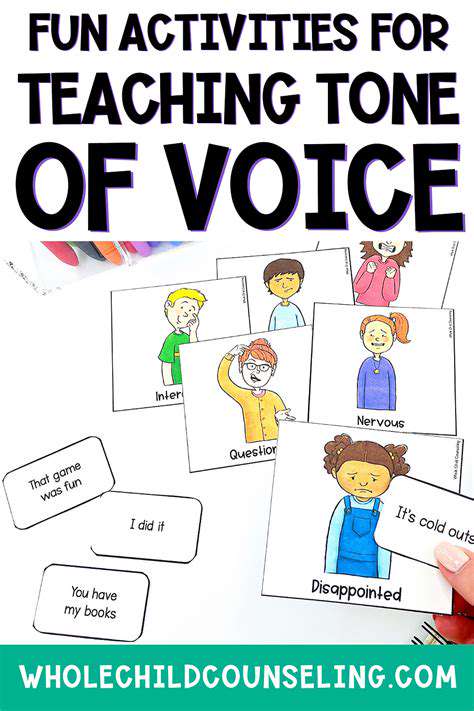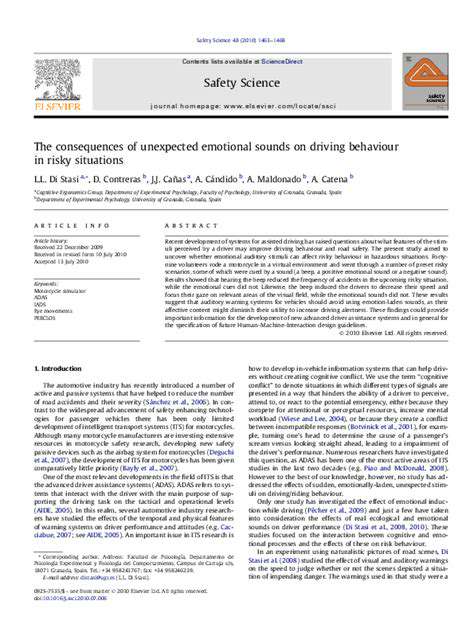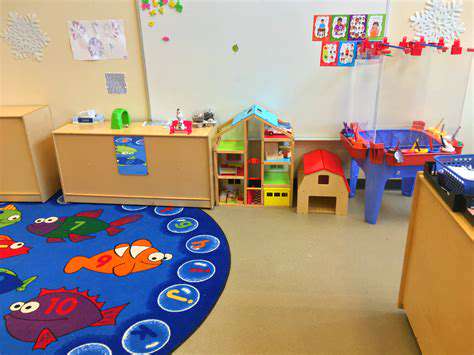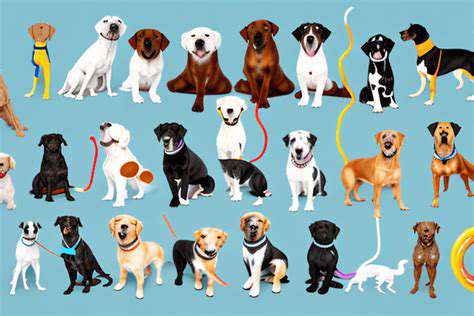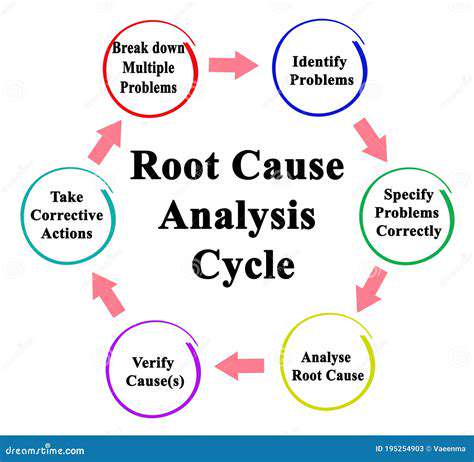The Foundation of Good Behavior: Understanding Puppy Socialization
Nothing shapes a puppy's future behavior more than early socialization experiences. Between 3 and 14 weeks of age, puppies undergo critical development where exposure to diverse sights, sounds, people and animals helps mold them into confident adult dogs. This formative period establishes their ability to interact appropriately with their environment, preventing potential behavioral issues down the road.
Puppies lacking proper socialization often develop fear-based aggression or reactivity. Thoughtful, positive exposure to various stimuli allows owners to profoundly influence their puppy's development, fostering better behavior and stronger bonds.
Understanding the Critical Socialization Window
Puppies have a limited developmental window where they're exceptionally receptive to new experiences. Their rapidly developing brains form lasting associations during this time, learning what's safe versus threatening. This neurological plasticity makes early experiences particularly impactful.
Effective socialization extends beyond physical environments to include diverse people, children, animals, textures and sounds. This comprehensive exposure helps puppies develop nuanced understanding of their world.
Building Confidence Through Positive Experiences
Positive reinforcement forms the foundation of successful socialization. Each new encounter should feel safe and rewarding, with owners providing calm reassurance. Never force interactions - let puppies explore at their own pace while rewarding calm, curious behavior.
Gradual exposure allows puppies to process new stimuli comfortably. Treats and praise help cement positive associations between novel experiences and good outcomes.
The Value of Diverse Stimuli
Exposing puppies to varied environments, people, animals and objects creates adaptable adult dogs. This diversity teaches puppies that the world contains many interesting, non-threatening elements. Different surfaces, sounds and situations build resilience.
Such comprehensive exposure prevents future behavioral issues by helping dogs navigate unfamiliar circumstances with confidence rather than fear.
Preventing Future Behavioral Issues
Proper socialization dramatically reduces risks of fear-based aggression, reactivity and other problematic behaviors. These issues frequently stem from inadequate early exposure. Investing time in thoughtful socialization yields calmer, happier adult dogs.
Beyond preventing problems, early socialization creates dogs who approach life with enthusiasm and adaptability. Well-socialized dogs enrich their owners' lives through easier integration into various activities and environments.
Lifelong Benefits of Early Socialization
The advantages of proper puppy socialization extend throughout a dog's life. Well-socialized dogs transition smoothly between different situations, from lively dog parks to quiet home environments. They typically interact well with strangers and other animals.
Early socialization represents an investment in your dog's future wellbeing and your shared quality of life. The time and effort spent during puppyhood pays dividends for years to come.
Introducing New Experiences: A Thoughtful Approach
The Importance of Gradual Exposure
Introducing novel stimuli requires patience and careful planning. Sudden, overwhelming exposures can create negative associations that prove difficult to overcome. The most effective approach involves incremental steps, allowing the puppy to acclimate comfortably.
Begin with minimal exposure - perhaps a distant sound or brief visual introduction. Gradually increase intensity or duration as the puppy demonstrates comfort. This measured progression builds trust while preventing negative reactions.
Structuring Effective Exposure Sequences
Successful socialization follows logical sequences tailored to individual puppies. Consider factors like stimulus intensity, duration and the puppy's current emotional state when planning introductions. Progress from mild to more challenging exposures as the puppy demonstrates readiness.
Regular assessment is crucial - watch for subtle signs of stress and adjust accordingly. This flexible approach ensures positive learning experiences while preventing overwhelming situations.
Monitoring Individual Responses
Careful observation forms the cornerstone of effective socialization. Note both obvious and subtle reactions to each new experience. Does the puppy approach curiously or retreat nervously? These responses guide necessary adjustments to the exposure plan.
Documenting reactions creates valuable records of progress and areas needing additional work. This data-driven approach optimizes the socialization process for each unique puppy.
Managing Challenges: Fear and Anxiety
Understanding Fear Responses
Fear serves an important survival function, but excessive fear responses can hinder a puppy's development. These reactions often stem from negative past experiences or lack of early positive exposures. Identifying specific triggers allows for targeted intervention.
Behavioral Impacts of Fear
Unaddressed fear can manifest in problematic behaviors like avoidance, aggression or withdrawal. These responses limit a dog's ability to function comfortably in various situations. Early recognition and intervention prevents these patterns from becoming ingrained.
Effective Management Strategies
Counterconditioning and desensitization techniques prove most effective for fear-related issues. These methods gradually reshape emotional responses through controlled positive exposures. Always work below the fear threshold, rewarding calm behavior.
Building Emotional Resilience
Developing coping skills helps puppies manage challenging situations. This involves controlled exposure to mild stressors paired with positive reinforcement. The goal isn't to eliminate all fear, but to build confidence in handling novel experiences.
When to Seek Professional Help
Persistent fear responses or severe anxiety may require professional intervention. Certified trainers or veterinary behaviorists can develop customized treatment plans for challenging cases. Early professional guidance often prevents minor issues from becoming major problems.




